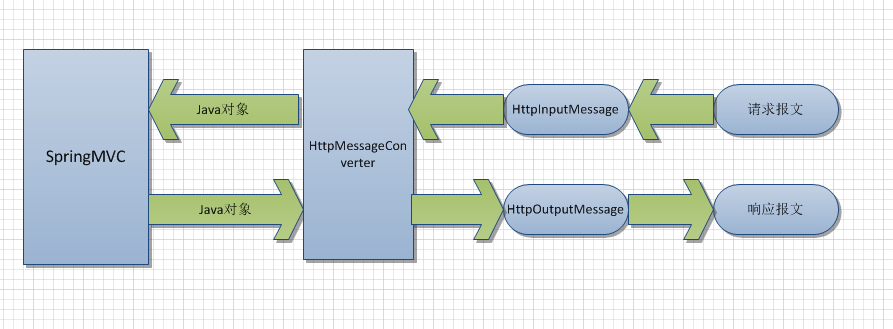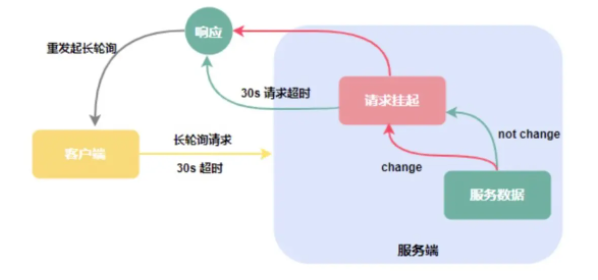HashMap vs LinkedHashMap performance in iteration over values()(HashMap 与 LinkedHashMap 在值迭代中的性能())
问题描述
HashMap和LinkedHashMap通过values()函数进行遍历有性能差异吗?
Is there any performance difference between HashMap and LinkedHashMap for traversal through values() function?
推荐答案
我认为 LinkedHashMap 的遍历速度必须更快,因为它的 nextEntry 实现在其 <代码>迭代器
I think the LinkedHashMap has to be faster in traversal due to a superior nextEntry implementation in its Iterator
原因如下:
让我们从 values 实现一步一步来.values 的 HashMap 实现是这样的:
Let us go step by step from the values implementation.
The HashMap implementation of values is this :
public Collection<V> values() {
Collection<V> vs = values;
return (vs != null ? vs : (values = new Values()));
}
LinkedHashMap 扩展自 HashMap 并继承相同的实现.
The LinkedHashMap extends from HashMap and inherits the same implementation.
区别在于两者中 Values 的 Iterator 实现.
The difference is in the Iterator implementation for the Values in both.
对于 HashMap 它从 java.util.HashMap.HashIterator
private final class ValueIterator extends HashIterator<V> {
public V next() {
return nextEntry().value;
}
}
但对于 LinkedHashMap 它是从 java.util.LinkedHashMap.LinkedHashIterator 扩展而来的
but for LinkedHashMap it extends from java.util.LinkedHashMap.LinkedHashIterator
private class ValueIterator extends LinkedHashIterator<V> {
public V next() { return nextEntry().value; }
}
所以区别本质上归结为nextEntry实现.
so the difference essentially boils down to nextEntry implementation.
对于 LinkedHashMap 它只是调用 e.after 其中 e 是 Entry ,但是对于 HashMap 有一些工作涉及遍历 Entry[] 数组以找到下一个.
For LinkedHashMap it is just calling e.after where e is the Entry ,
but for HashMap there is some work involved in traversing the Entry[] array to find the next next.
UPDATE : HashMap
final Entry<K,V> nextEntry() {
if (modCount != expectedModCount)
throw new ConcurrentModificationException();
Entry<K,V> e = next;
if (e == null)
throw new NoSuchElementException();
if ((next = e.next) == null) {
Entry[] t = table;
while (index < t.length && (next = t[index++]) == null)
;
}
current = e;
return e;
}
Entry[] 不是连续存储.(两者之间可能有空值).如果你看一下上面的代码,它的作用是指向当前的 next 并通过遍历 Entry[] 来找到下一个.
The Entry[] is not a contiguous store. (There could be null values in between). If you take a look at the above code, what it does is point next to current and find the next next by iterating over the Entry[] .
但是我认为这种性能提升是以插入为代价的.查看两个类中的 addEntry 方法作为练习.
But I think this performance gain will come at the cost of insertion. Check out the addEntry method in both classes as an exercise.
这篇关于HashMap 与 LinkedHashMap 在值迭代中的性能()的文章就介绍到这了,希望我们推荐的答案对大家有所帮助,也希望大家多多支持编程学习网!
本文标题为:HashMap 与 LinkedHashMap 在值迭代中的性能()


- Spring Boot连接到使用仲裁器运行的MongoDB副本集 2022-01-01
- 将log4j 1.2配置转换为log4j 2配置 2022-01-01
- Safepoint+stats 日志,输出 JDK12 中没有 vmop 操作 2022-01-01
- 如何使用WebFilter实现授权头检查 2022-01-01
- C++ 和 Java 进程之间的共享内存 2022-01-01
- value & 是什么意思?0xff 在 Java 中做什么? 2022-01-01
- 从 finally 块返回时 Java 的奇怪行为 2022-01-01
- Java包名称中单词分隔符的约定是什么? 2022-01-01
- Eclipse 插件更新错误日志在哪里? 2022-01-01
- Jersey REST 客户端:发布多部分数据 2022-01-01





